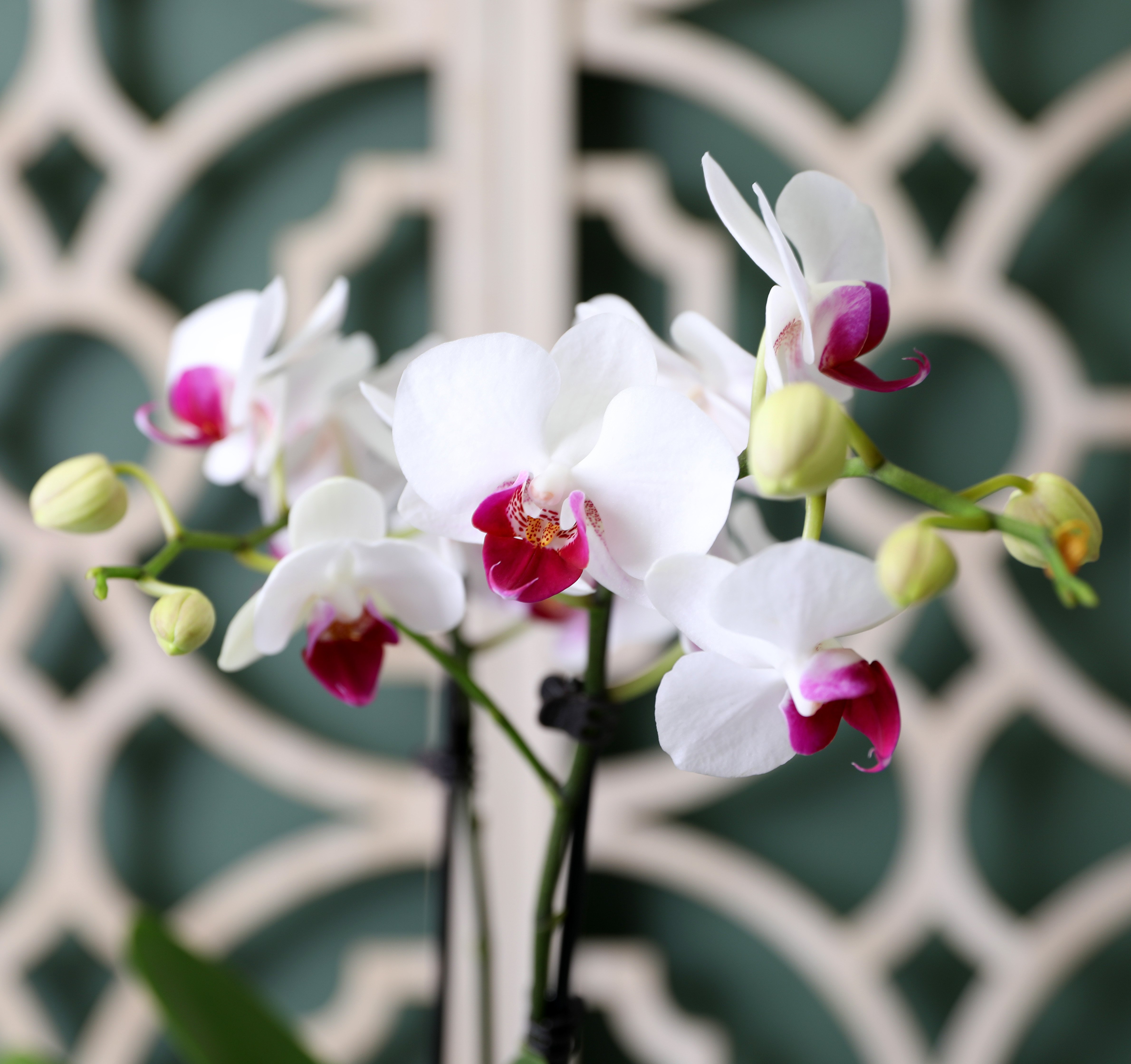
Spring is just around the corner, and it’s time to look forward to warmer weather, new growth and more lush greenery!
You may notice leaves and buds sprouting outside, which means it’s also time to encourage new growth on the plants inside your home as well.
Spring is a great time to fertilize your plants because they actively will be growing! Make sure to wait until the cold snaps from winter, so you know your plant will be warm enough to sprout new growth again.
When fertilizing your plant, make sure to rotate watering and fertilizing, as your plant doesn’t need both in one week. Fertilizing about once per month is a good rule of thumb during the growing season.
Fertilize in the morning, before the sun reaches your plant, so it can absorb the most nutrients. We also recommend using your fertilizer at about half strength, so not to overwhelm your plant.
Pruning helps conserve energy that your plants are sending out to dying or damaged leaves so that they can focus on new growth instead. If you have yellow, brown or crispy leaves, those are just taking nutrients away from your healthy leaves.
If your plant has leaves that are droopy, yellow, dried out or otherwise damaged, cut off the affected area with clean scissors or shears (sterilize them first to reduce your plant’s exposure to bacteria). If the whole leaf or stem is affected, cut it off at the base but don’t cut the main stem of your plant! Typically, you should cut at a 45 degree angle.
For succulents, remove damaged or dying leaves from the bottom up, and avoid removing the top of the plant. Oftentimes, if you give your succulent leaves a gentle pull, the damaged or dying ones should easily come off.
As the new growing season approaches, spring is a great time to repot your plants to give them more room to grow. Although all houseplants grow at different rates, they will typically need to be repotted every 1-2 years into a pot that is 1-2 inches larger in diameter than their original pot size. Here are some signs to look out for when determining if it’s time to repot your plant babies.
Cleaning your plant’s leaves will not only make them look better, but it will also help your plants photosynthesize! To clean the leaves of your plants, all you will need is water and paper towels or a clean cloth.
Using anything with wax or oils can clog your plant’s pores and make it harder for them to breathe. A gentle dusting with a microfiber cloth can remove dust, and plain water is all you need to give leaves a healthy shine.
This also isn’t something that you only need to do in spring, clean your plants anytime you can visibly see dust accumulating on your leaves. If you can see it, it’s keeping your plants from absorbing nutrients.
As springtime brings longer days and warmer temperatures, your plants know that it’s time to start growing again! Because of this, you will notice that your plants will become a bit thirstier than they were during the winter. This means it’s time to establish a watering routine or increase your amount of waterings to give your plants what they need.
Remember: every plant has different watering needs, so it’s important to learn how to read the signs that they are thirsty. Here are a few to look out for!

Copyright Just Add Ice® Orchids 2023